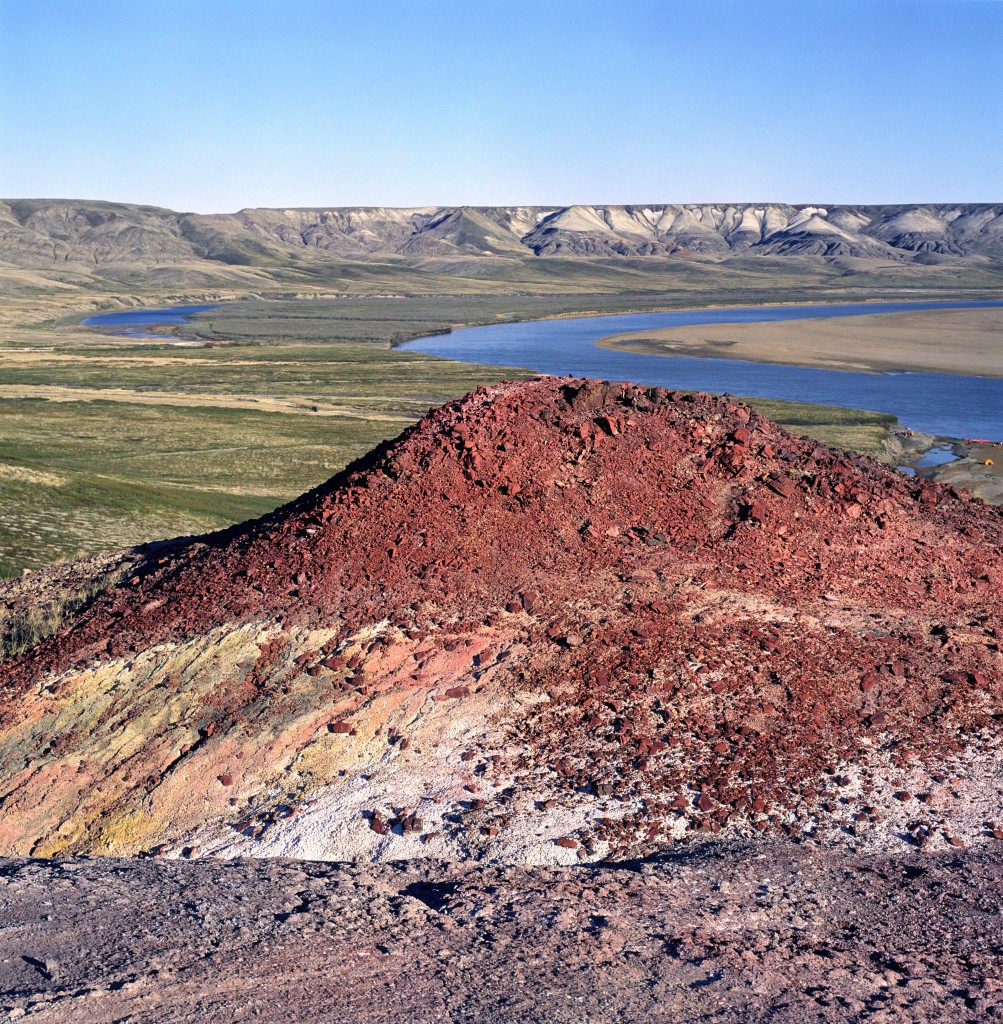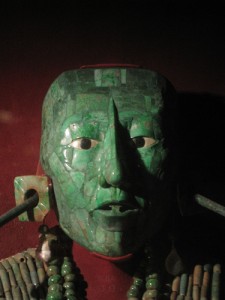In 1850, British Captain Robert McClure and his crew ventured in the Investigator to the Arctic, with a walrus-shaped figurehead leading the way in search of the lost Franklin expedition. Unlike ill-fated Franklin, McClure employed an Inuit translator and was able to engage meaningfully with coastal communities along the Arctic Ocean. The team found and completed the Northwest Passage – their abandoned ship, with its bounty of metal salvage, would later represent a turning point in the material culture of the Coppermine Inuit – but not before observing a curious phenomenon, which McClure related in his dispatches:
The water was deep, eighty-four fathoms being obtained, only four miles off shore, when near the mouth of the Horton River. On the 4th large fires were seen on shore, and at first supposed to be lighted by the natives to attract attention. Mr. Mierching, however, questioned such extravagance in fuel being committed by Esquimaux, and on the next day (Sept. 5), when it happened to be calm with rain, Lieutenant Gurney Cresswell, Doctor Armstrong, and some others, were sent to examine the spot Continue reading








